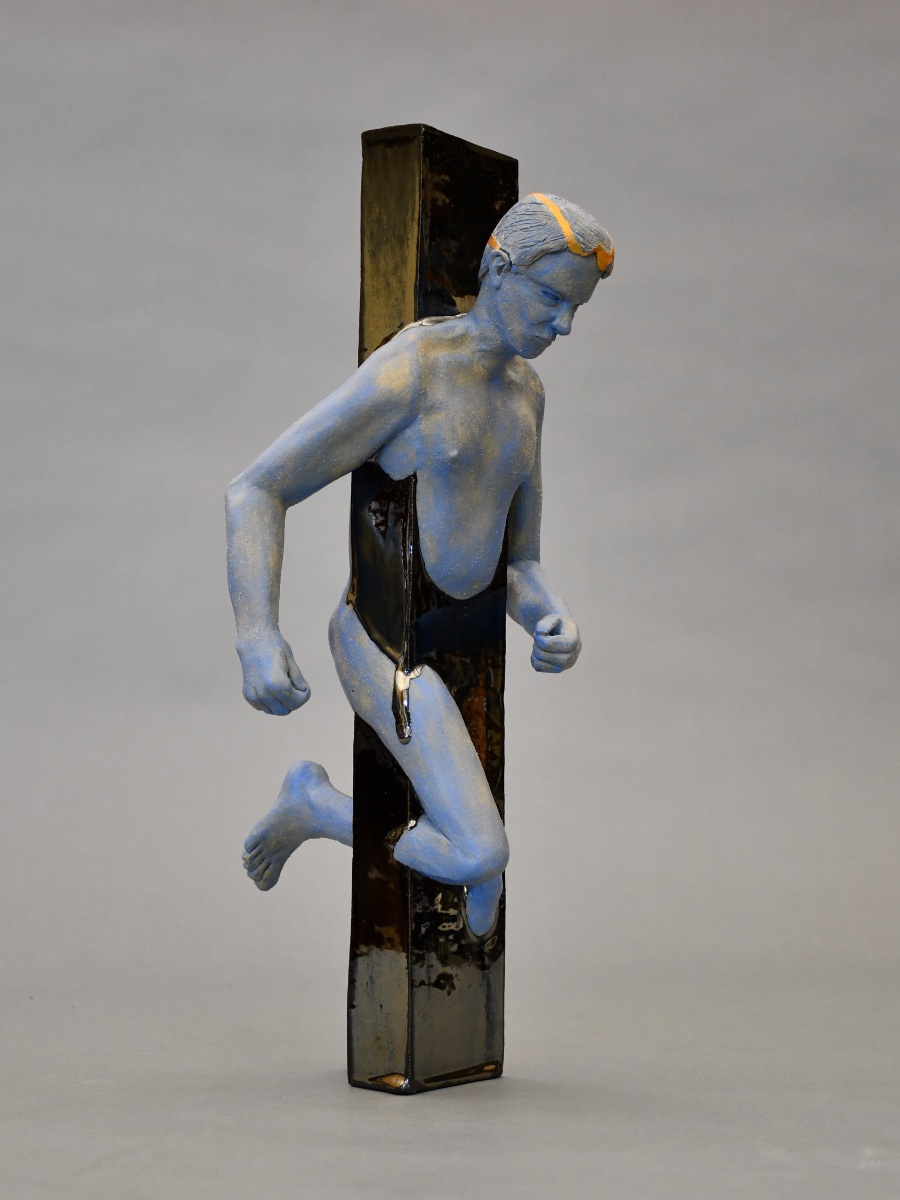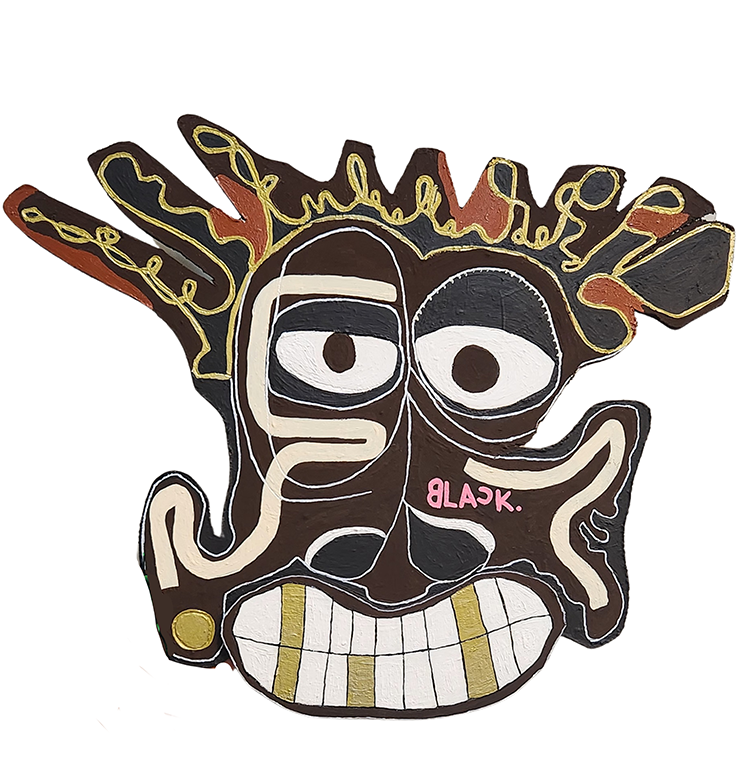From a crude rubber soled invention, to the feet of celebrities and athletes worldwide. Sneakers have evolved and changed more than any other style of footwear. Sneakers are a widely popular sub-genre of fashion that stems far beyond simply being a sport utility. They can be just as much of a fashion statement as they are a necessary piece of equipment on the football field, or basketball court. But where did sneaker culture originate? What was the catalyst for brands like Nike, Adidas, and Converse to become household names on the feet of sneakerheads everywhere?
The invention of the sneaker
The origin of the sneaker can trace its history back to the late 18th century, with an invention refereed to as “plimsolls.” They were rather rough, rubber-soled shoes that were originally sold by the Liverpool Rubber Company and marketed as beachwear. They had no “left” or “right” shoe, and were a rather plain and simple utility shoes. It wasn’t until the U.S Rubber company, nearly 60 year later, developed a more refined and mass-produced version of this concept—canvas rubber soled shoes called Keds. They received the slang name of “sneakers” because it was said that they were so quiet, that whoever was wearing them could easily sneak up on you.
Sneakers evolve in Germany
In 1924, in a small village in Germany called Herzogenaurach, a man named Adi Dassler invented a sport shoe in his mother’s laundry room. This company would eventually grow into the internationally recognized brand Adidas. They would become the first brand of sport shoe to gain mass appeal, and were plunged into the spotlight when they were seen on the feet of 4x Olympic gold medalist Jessie Owens in the 1936 Olympics.
For the remainder of the early 20th century, sneakers would be considered an exclusively sport shoe with brands manufacturing and distributing them for the express purpose of playing sports. The iconic Converse All-Stars were invented during this period, and used almost exclusively as Basketball shoes. It wouldn’t be until the early 1950’s, when seen on the feet of actor James Dean, that youth would begin to wear sneakers as a fashion statement rather than just while playing sports.
Sneakers become a status symbol
In 1984, a collaboration between basketball star Michael Jordan and Nike, Inc. would change the landscape of sneakers forever. The launch of the Air Jordan would send competitors scrambling to change the way sneakers are made. Today, the Air Jordan sneaker is still one of the bestselling lines of sneakers of all time. Many consider it to be the “grandfather” of all modern sneakers. This marriage of beautiful design with function pushed shoe manufacturers to see sneakers as more than just tools, but rather a status symbol that consumers would pay top dollar for.
They say imitation is the most sincere form of flattery. In the case of sneakers, everyone wanted to recreate the success Nike had with Air Jordans. Trying to make lighting strike twice, competing companies like Reebok and Adidas would try to recreate the aesthetic of the Air Jordan, even mixing in exotic colors, developing new comfort technologies like ‘the pump’ that would fill your sneaker with air for a better fit. Everyone wanted in on the craze. Adidas would lateer sign a deal with hip-hop duo Run-D.M.C to promote their Adidas sneakers. This would launch the first signs of “celebrity” footwear. On school yards, and city streets across the world, your footwear could say a lot about your social status in the mid-80’s.
Sneaker culture today
Today, the sneaker industry brings in nearly $60 billion annually, and hundreds of millions of dollars are spent in research, development, and branding. All to advance the technology of sneakers, and how we view footwear. Today, celebrities and athletes alike sign multi-million-dollar collaboration deals with manufacturers. From the Kanye West “Yeezys” by Adidas, to the LeBron James / Nike collaboration, consumers and enthusiasts will wait in line for hours, and cast their names into online raffles, all for the chance to get the newest, and most exclusive sneakers on the market. The influence of sneakers and sneaker culture can be seen in politics, design, research, and manufacturing across the globe.
What began as a humble rubber company invention, to the industry juggernaut that it is today, sneakers have changed the way we view footwear forever. And the innovation, technological advancements, and iconic fashion presence of sneakers show no sign of slowing down.






